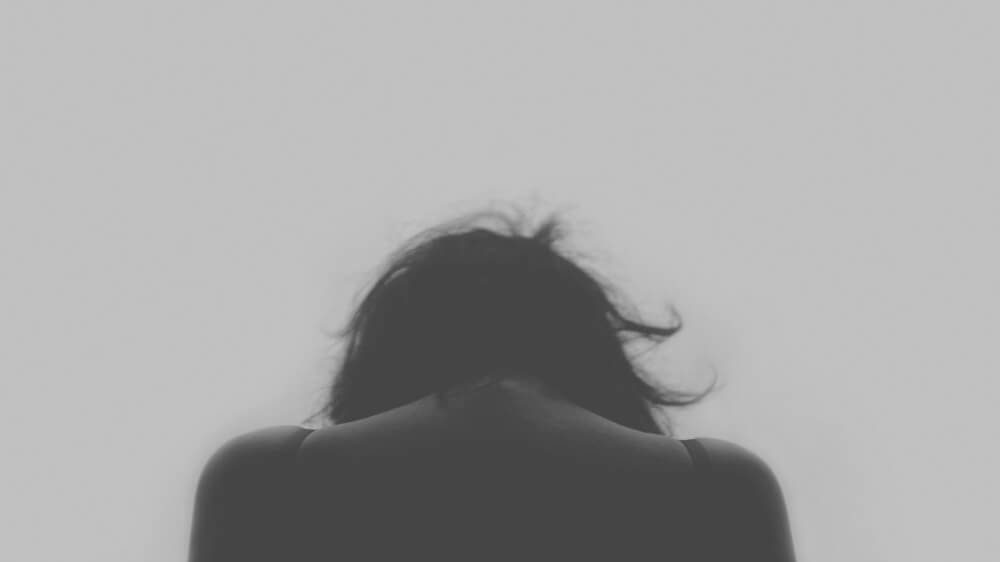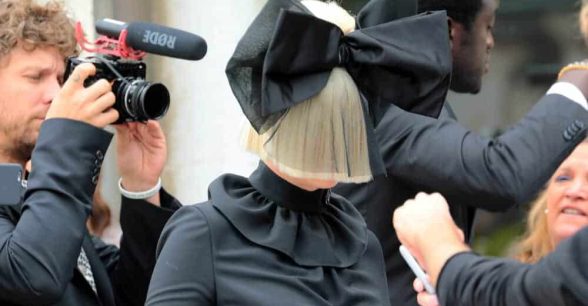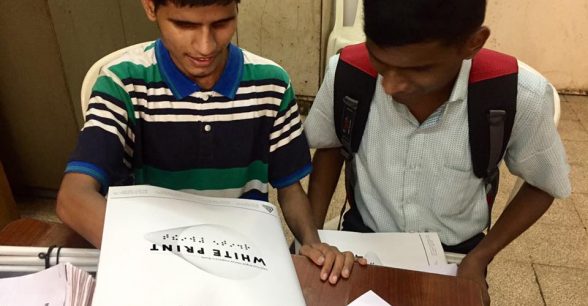My Family’s Normalization of Pain Made Me Believe I Wasn’t Strong
My three little toes on the outer sides of my feet curl inward so that when I walk I sometimes step on them. They look like calloused half moons. The skin is red and blistered. My body has adapted to walking on them this way. My mom used to call these curled toes my genetic quirks, a special trait that I had inherited from her even though only one of her toes curled inward. My toes were more mobile. They were ‘double jointed.’
These weren’t my only quirks. I can touch my tongue to my nose. I am flat footed. All of my wisdom teeth and one of my adult teeth are missing. I never crawled as a baby. I scooted. I inherited my mom’s long “monkey arms” and “spider fingers.” I struggled to hold my flute the proper way because my thumbs bent backwards and my shoulders hurt. I didn’t think much of these things. If anything, all the quirks meant I was part of the family. The sick feeling that went along with everything was considered, in my family, normal. The daily fatigue: normal. The whole host of unusual allergies: normal. The pain in my stomach: normal. The feeling that some days my legs were going to give out from under me: normal.
By the time I was diagnosed at age 19 with Ehlers Danlos Syndrome, a connective tissue disease that explained that all of my bodily “quirks” were the result of weak and poorly structured collagen, genetics was only one of the few things left that connected me to my family. I had run away from home at 18 because my family had not only normalized this inherited pain, but also the inflicted pain of emotional, physical, and sexual abuse.
Acknowledging pain meant the carefully constructed image of our family as happy and tightly knit would tumble down. As a result, abuse was called a “mistake.” Illness was called “temporary.” Hurting was something to “get over.” If I continued to feel hurt, it did not mean there was something wrong with my body, or with the actions of those who had hurt me; it meant I was not tough enough. This did not align with my own understanding of the unrelenting impact of enduring violence and illness on my bodymind.
At medical appointments, the doctors often ask me for my history. They ask me not only about my history of illness, but also about the histories of my immediate family and relatives, in the format of disabilities and diagnoses. They want to know how my grandparents, my great aunts and uncles died. They want to know my parents’ health issues. It is difficult for me to tell doctors that I don’t have concrete answers. My connection to those in my family who have died because of their illnesses is through the living who knew them. But when my connection to those who are living is strained or nonexistent, the best I can do to is to leave my answers blank.
Because my disease is genetic, this disconnection can be scary. My great-aunt died at 54 when her heart ruptured. Before my grandmother died of stomach cancer at 69, she had multiple surgeries to reconstruct her knees. I worry that the fragile and breakable tissues in the bodies of my relatives, some of them whom I never met, could be just as fragile inside me too.
In the process of finding the name for my genetic illness—one that finally feels like an accurate reflection of my experiences—I have changed the last name that I choose to go by. I am now working to acknowledge my pain as valid and real, but left the family who insisted my pain was unreal and unimportant. I now have the courage to speak more about my own history, but cannot check boxes on forms asking for my family history.
The normalization of pain and violence in my home led me to believe I was not strong enough, that I was too sensitive. In the few years since leaving, I have been working hard to deconstruct the notions that continuing to hurt means I am not strong. At the same time, as I navigate what can be an incredibly isolating landscape of illness, I grieve that I cannot turn back to ask whether those who raised me might have experienced the same hurt, too.
About Rooted In Rights
Rooted in Rights exists to amplify the perspectives of the disability community. Blog posts and storyteller videos that we publish and content we re-share on social media do not necessarily reflect the opinions or values of Rooted in Rights nor indicate an endorsement of a program or service by Rooted in Rights. We respect and aim to reflect the diversity of opinions and experiences of the disability community. Rooted in Rights seeks to highlight discussions, not direct them. Learn more about Rooted In Rights




You are strong. I’m glad that you found out what’s going on. It must be very difficult, not knowing how these pains are rooted in your family tree. I hope that your life continues to improve, and that your quality of care is high.